Imagine the excitement of walking through a door and being greeted by a fully mounted Allosaurus. This is just one of the many diverse exhibits the Virginia Museum of Natural History of Martinsville has to offer those eager to learn more about Planet Earth.
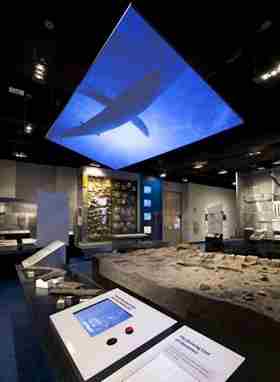 Joe Keiper, executive director of the museum, said the exhibition gives you a sense of wonder and diversity of our planet over a vast amount of time.
Joe Keiper, executive director of the museum, said the exhibition gives you a sense of wonder and diversity of our planet over a vast amount of time.
"We want to share with you the science that we do," said Keiper, adding the facility does research that isn't done anywhere else, and visitors will get to see science in action.
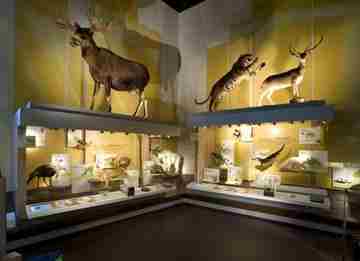 "We have a hall on how nature works and a gallery on uncovering Virginia that focuses on the work that has been done in the past," Keiper said. "We serve the entire state of Virginia and have over 18,000 students who come through our museum," he said.
"We have a hall on how nature works and a gallery on uncovering Virginia that focuses on the work that has been done in the past," Keiper said. "We serve the entire state of Virginia and have over 18,000 students who come through our museum," he said.
The museum was recently awarded re-accreditation by the American Association of Museums, the highest national recognition achievable by an American museum.
"This is an outstanding outcome of our museum's review by the American Association of Museums," Keiper said. Accreditation from AAM is the gold standard in museum operations. Our staff is incredibly talented, and our boards and community are very supportive."
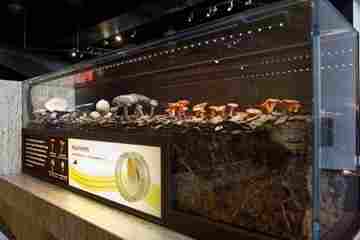 Without the help of local business leaders, private donors and community members, the museum would not be able to get this level of accreditation, Keiper said. "They help us so much financially and they engage in the museum by coming in the front doors," he added.
Without the help of local business leaders, private donors and community members, the museum would not be able to get this level of accreditation, Keiper said. "They help us so much financially and they engage in the museum by coming in the front doors," he added.
Keiper said that of the nation's estimated 17,500 museums, 777 are accredited. To earn accreditation, a museum first must conduct a year of self-study, then undergo a site visit by a two-person team of peers, he said.
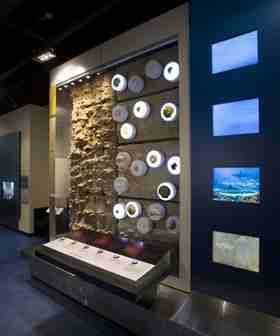 "Accreditation is an entirely self-motivated process, and is no small task," said Ford W. Bell, president of AAM. "Accreditation is clearly a significant achievement. But put simply, it means the citizens of the communities served by these museums have in their midst one of America's finest museums."
"Accreditation is an entirely self-motivated process, and is no small task," said Ford W. Bell, president of AAM. "Accreditation is clearly a significant achievement. But put simply, it means the citizens of the communities served by these museums have in their midst one of America's finest museums."
Jennifer Doss, the local director of Martinsville tourism, said the division of tourism does numerous group tours at the museum. "The museum really has a 'wow' factor and people are so surprised that this small town has such an amazing museum," Doss said. "One visit is almost not enough. You need to come back and see it again and again."
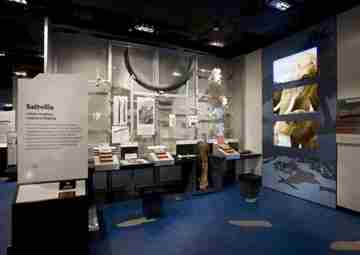 One of the unique things about the museum is that it has a working research lab and seven staff scientists, Doss said.
One of the unique things about the museum is that it has a working research lab and seven staff scientists, Doss said.
"You may come in and get to see them researching or cleaning dinosaur fossils," she said, adding that their displays are constantly changing.
"It's a fun and educational experience, and we are very fortunate to have it in our back yard for our children to grow up around and be exposed to," Doss said.
Author: Rebekah Carter | Source: The News Leader [December 30, 2010]